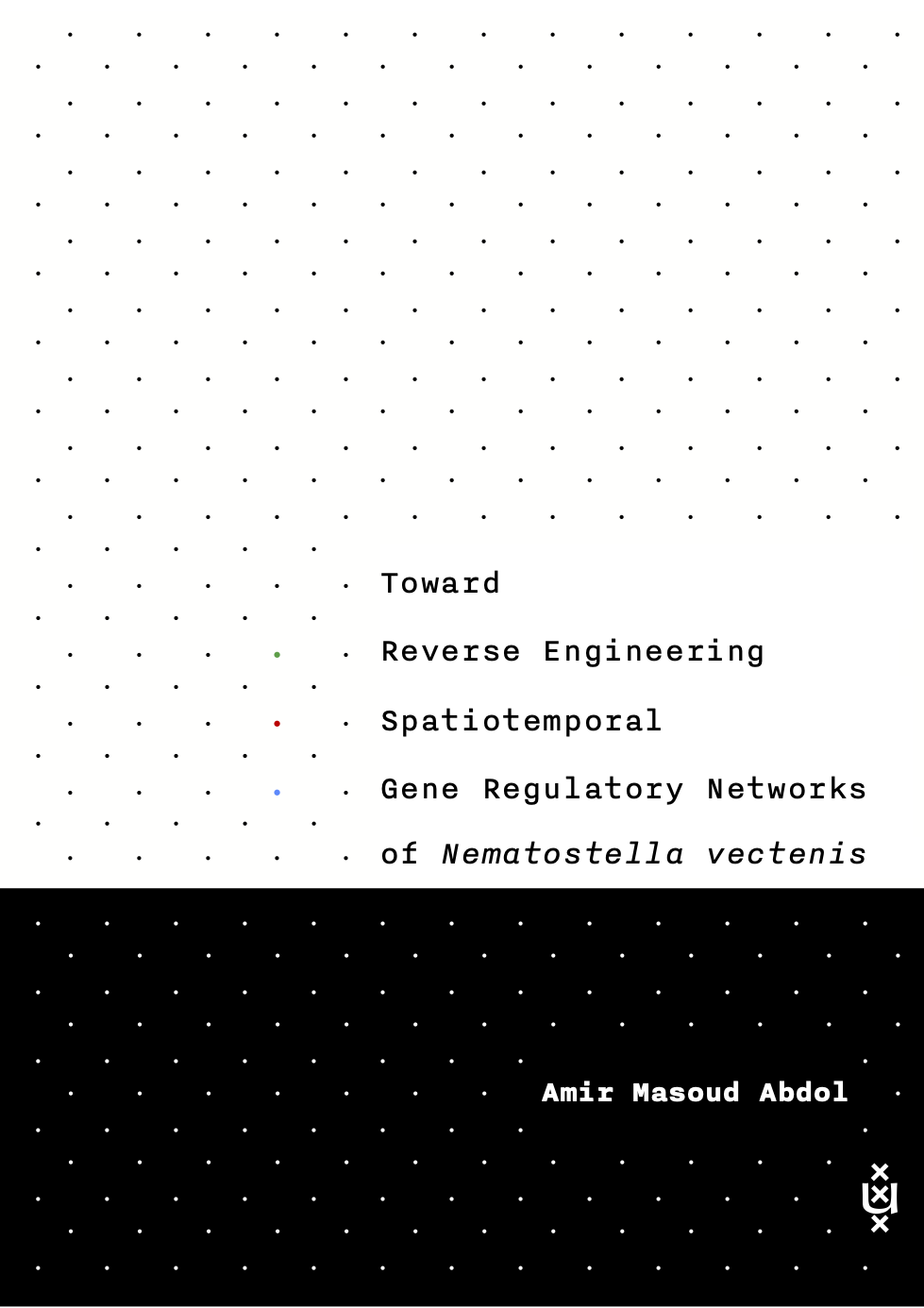May 08 2018
Ph.D. Thesis
Abstract
Over the last decade, the sea anemone Nematostella vectensis has become a popular model to study bilaterian evolution, development and more recently also regeneration. Understanding genetic interactions during the early development of N. vectensis is the first step toward unveiling the details of its early developmental processes, e.g., polarization, the formation of the blastula and initiation of the gastrulation process. Furthermore, the collective knowledge of gene interactions allows researchers to speculate about possible Gene Regulatory Networks (GRNs) governing each process. The knowledge of gene interactions also provides an opportunity to reverse engineer gene interactions in a GRN model which potentially leads to detailed understanding of the early developmental processes, e.g., pattern formation and the mechanics of gastrulation. There is still a limited amount of knowledge available regarding N. vectensis gene interactions and possible GRNs involved in each developmental process. This thesis introduces a method for extracting spatial gene expression profiles from in situ hybridization images of N. vectensis embryo. My collaborators and I have introduced a systematic procedure to combine and process the available data from different sources (e.g., in situ and qPCR) in order to understand gene interactions and reconstruct testable hypotheses for GRNs controlling development.

- A. M. Abdol. Toward Reverse Engineering Spatiotemporal Gene Regulatory Networks of Nematostella Vectensis. Supervised by P. M. A. Sloot and J. A. Kaandorp. ISBN: 9789402810110. UvA-Dare